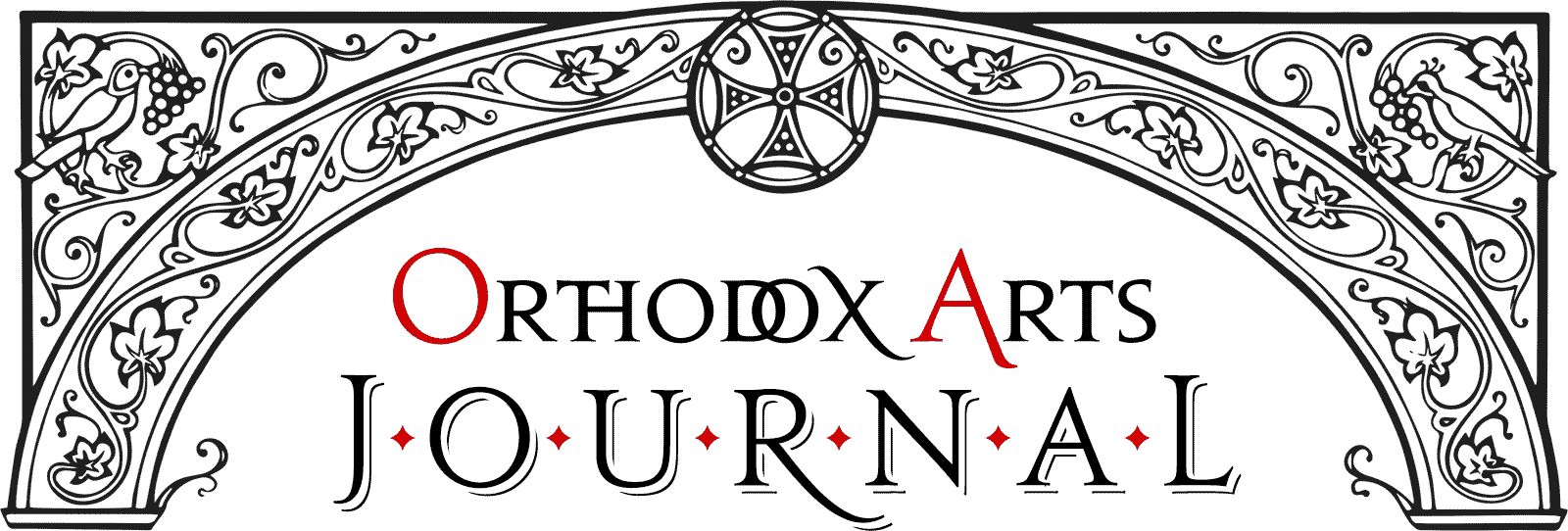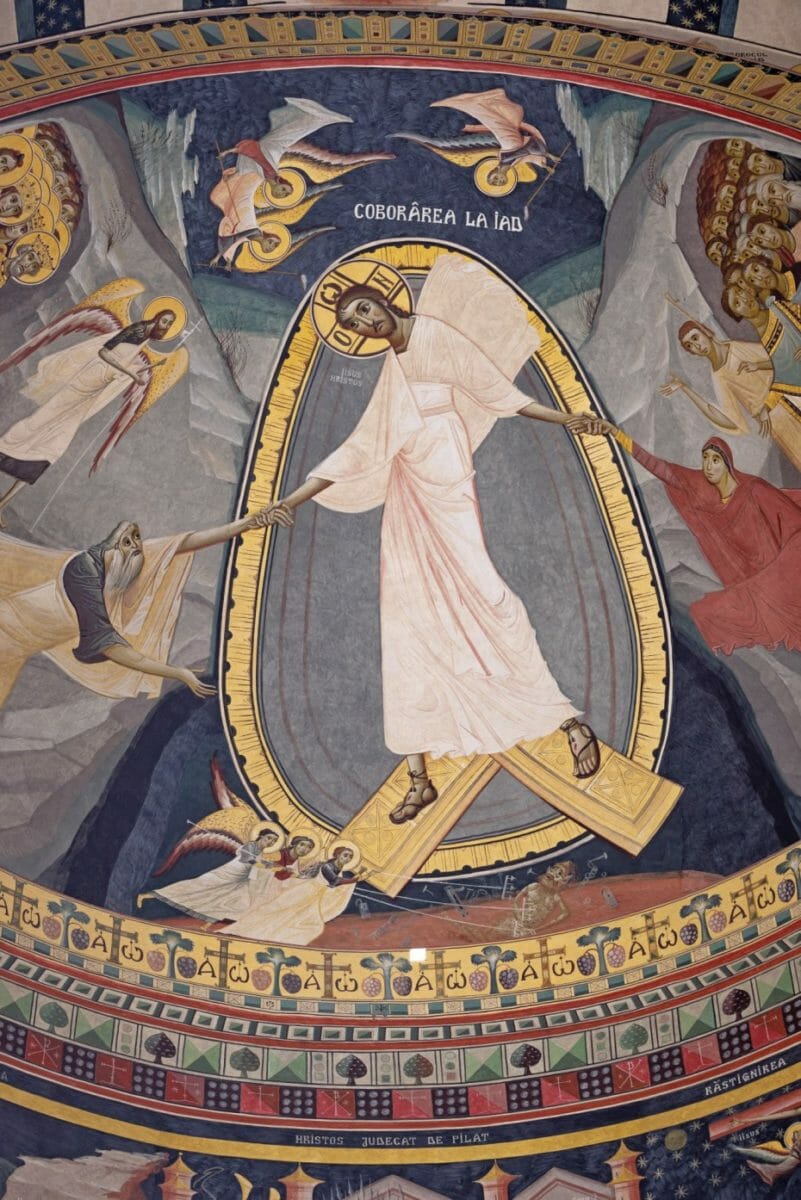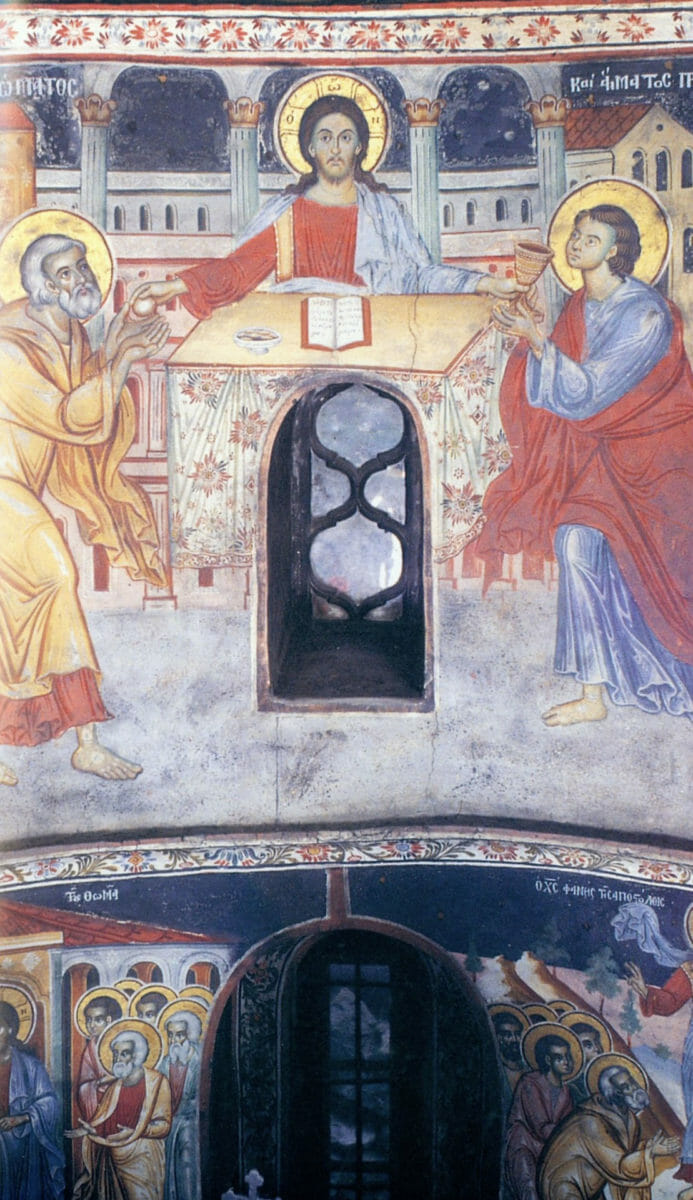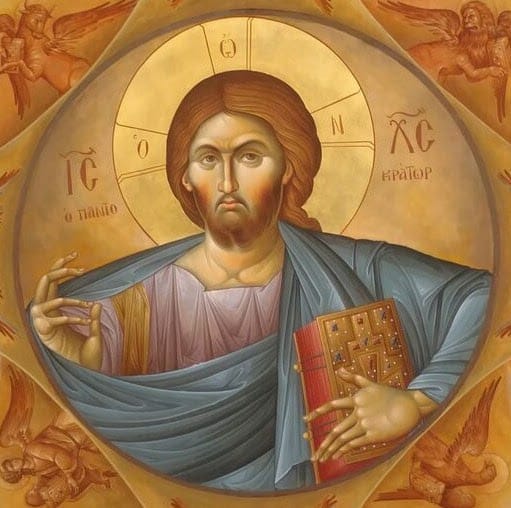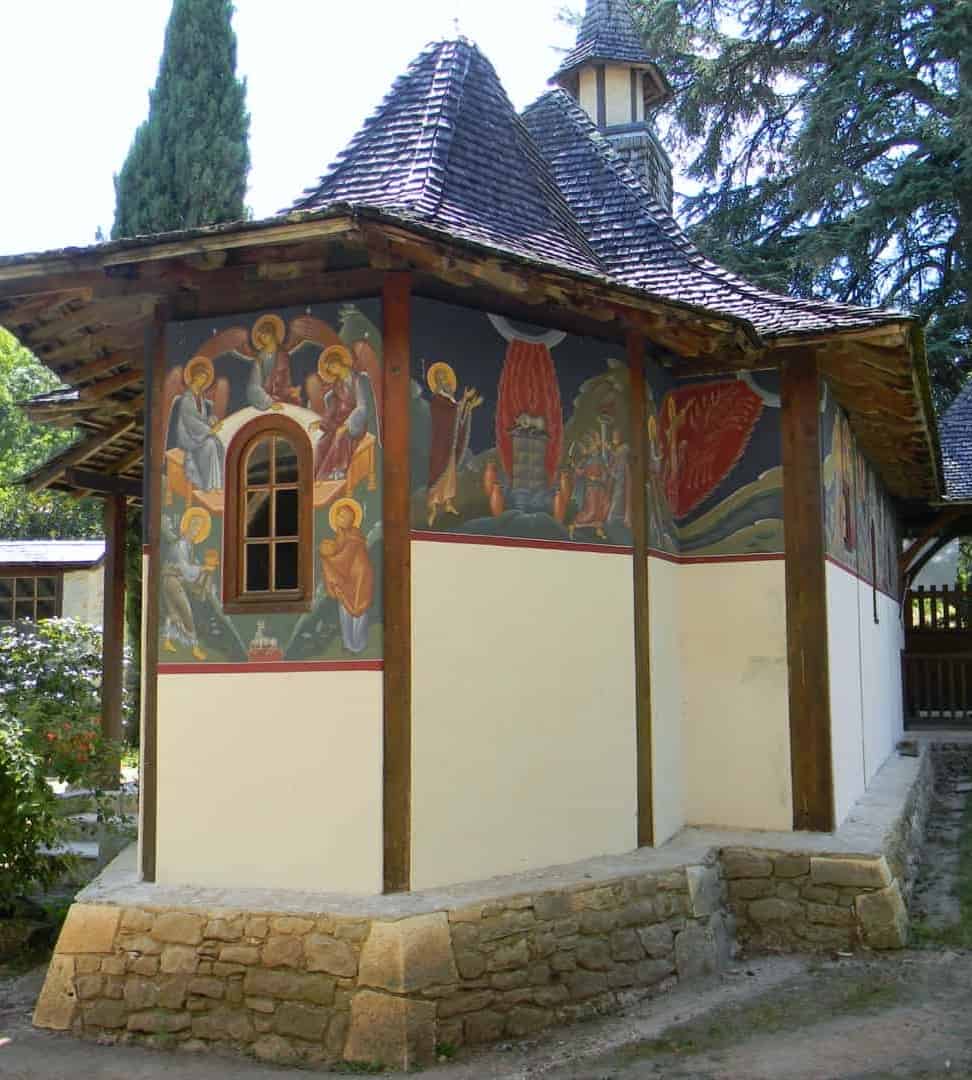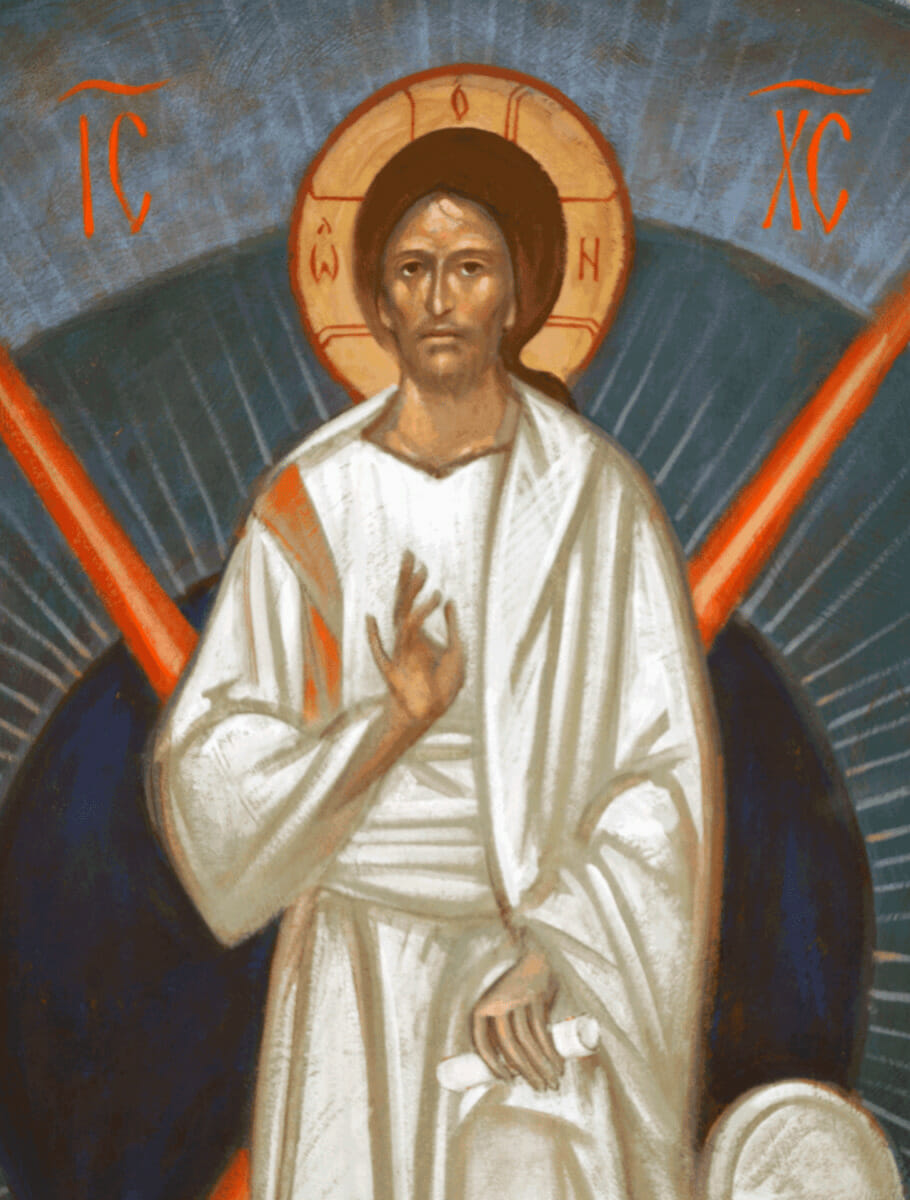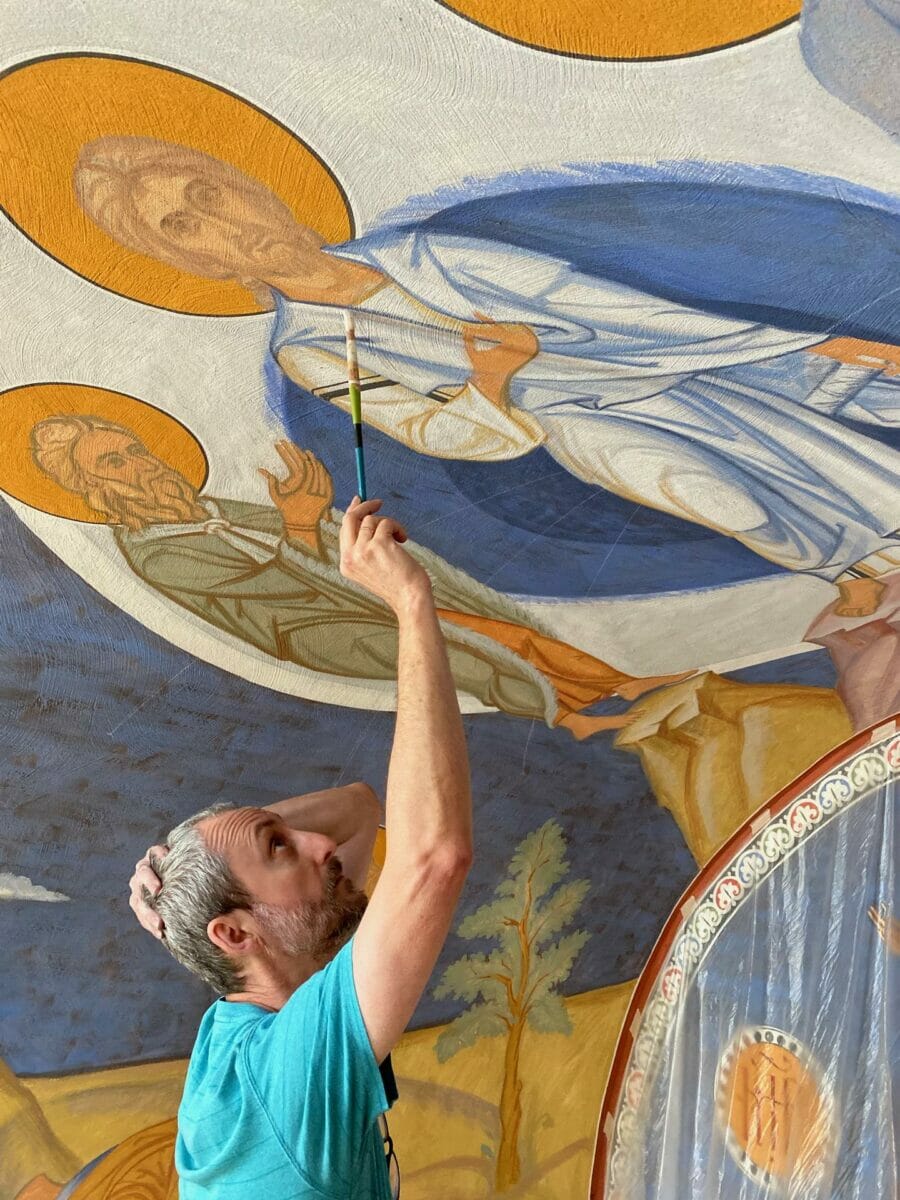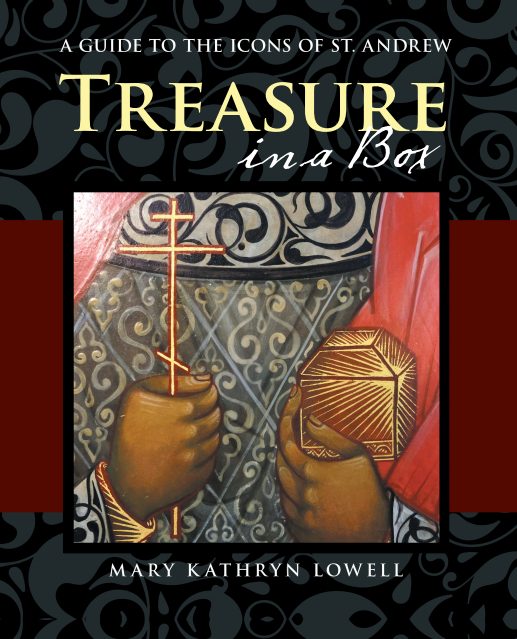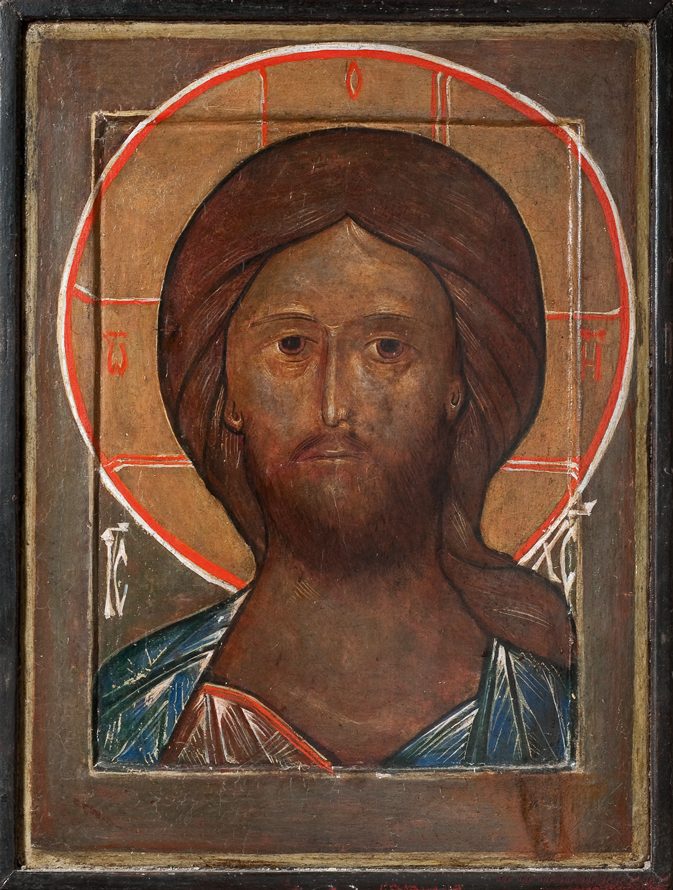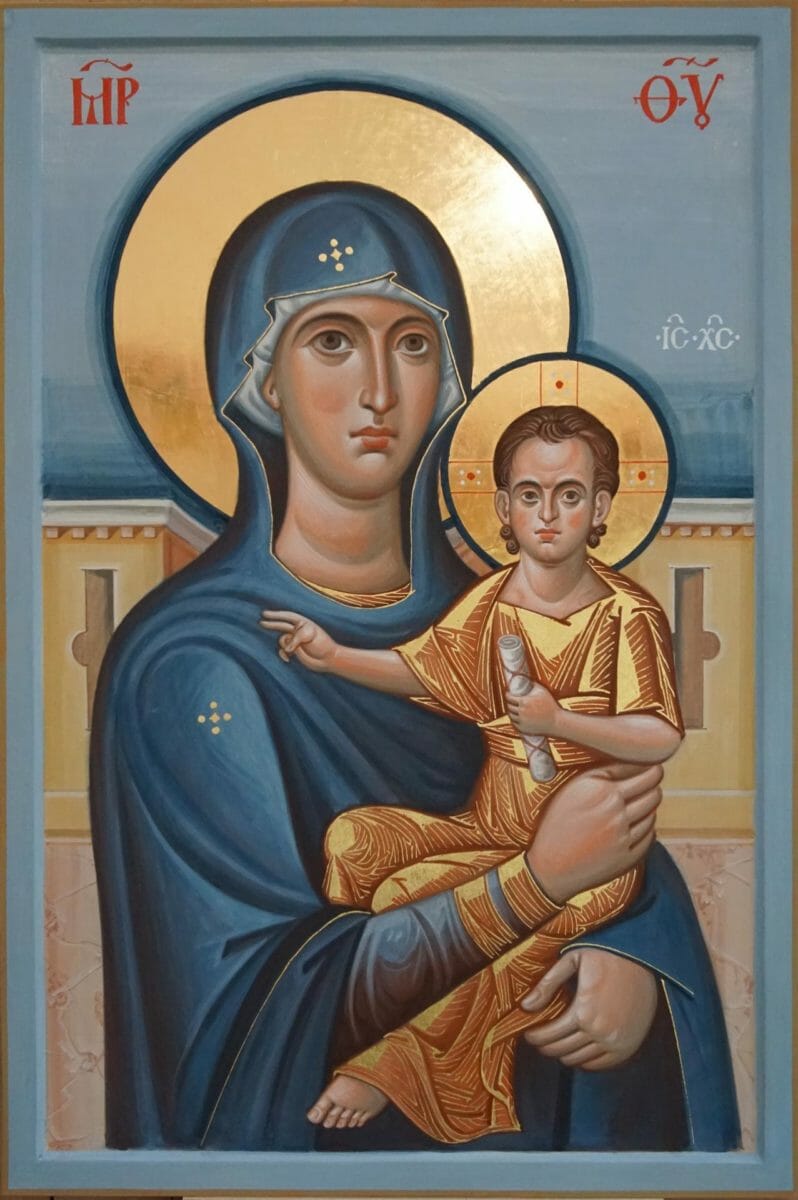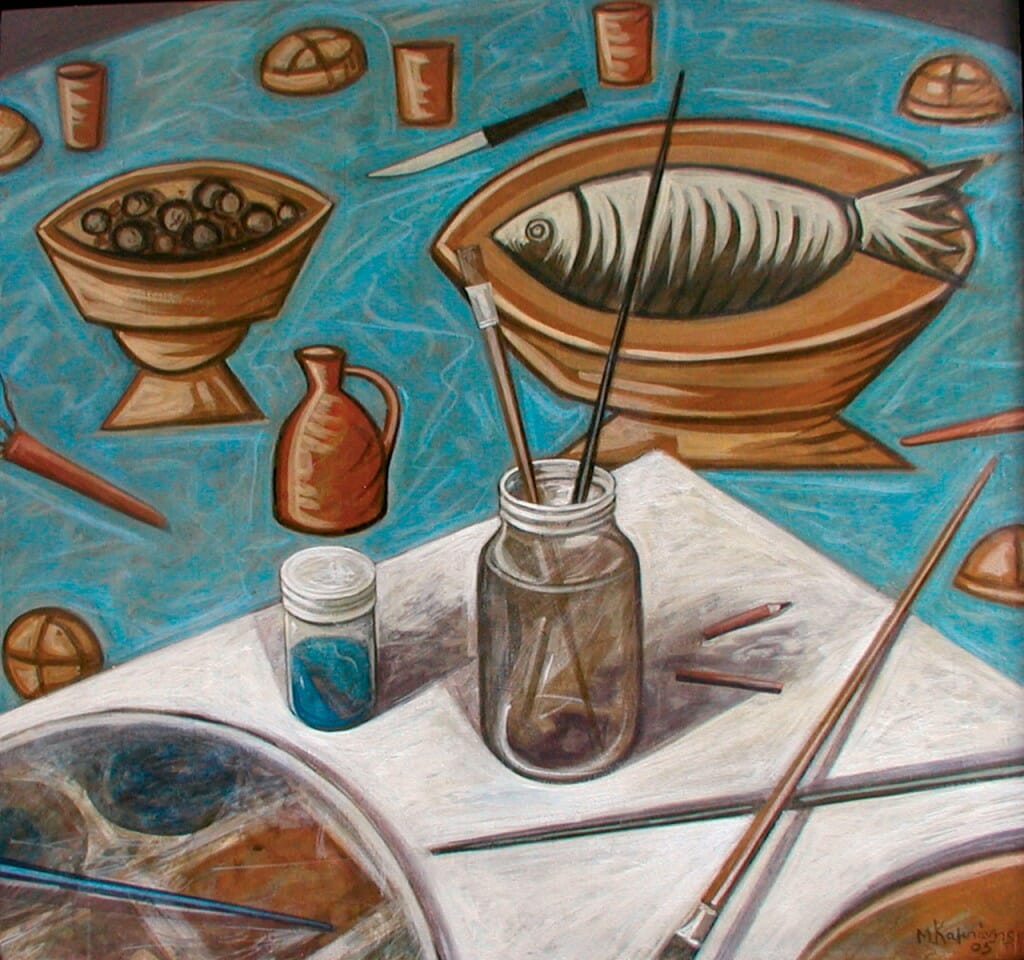Posts Tagged ‘murals’
The Birth of a Cathedral; the Pinnacle of the Life’s Work of Grigore Popescu – Part 1
The divine depths of the Beautiful, the Good and the True do not have a static manifestation in our sublunar sphere, in History. There are times of retreat, when the cultural landscape may be likened to a desert, devoid of beauty; when a space larger than a country can turn into a gloomy prison. Ash…
Continue reading »The Painter’s Manual of Dionysios of Fourna and the Byzantine Church of the Monastery of Saint Gregorios
Over the centuries it had been noticeable that the iconography of Byzantine churches was consistent in content and style. It was most likely that the artists of religious images were following rules on what was to be painted, how images were to be arranged, and how they were to be rendered. In 1839, a painter’s…
Continue reading »A Byzantine Master in the New World – An Interview with Iconographer Dionysios Bouloubassis
Dionysios Boloubassis developed a reputation as a talented iconographer in Greece before he immigrated to the United States in 2013. Over the past ten years he built up a new portfolio of work in America, which together with his churches in Greece, demonstrates his experience and skill in carrying on the iconographic tradition. ORTHODOX ARTS…
Continue reading »Biblical Visions: Exterior Murals at the Monastery of the Transfiguration
Between 2016 and 2018 I created a series of wall paintings with scenes from the Old Testament for the exterior walls of a chapel in Dordogne, France. The chapel is located in the Orthodox Monastery of the Transfiguration which was founded by Archimandrite Elie and is a dependency of the Monastery of Simonos Petras on…
Continue reading »Narthex Murals at St John of the Ladder
Introduction This article is the second in a series documenting the mural project at St John of the Ladder Orthodox Church in Greenville, South Carolina. This beautiful temple was designed by Andrew Gould. The previous article presented the murals in the two smaller rooms adjacent to the church’s sanctuary. Here, I will present the recently…
Continue reading »Painting the Iconographic Murals at Saint Gregory Palamas Monastery
I have been asked to paint the iconographic murals in the new chapel at St. Gregory Palamas Monastery in Perrysville, Ohio. This chapel, dedicated to St. Gregory Palamas, is yet another good example of contemporary Orthodox architecture. It unites the traditional appearance of Byzantine interiors with the familiar exterior detailing of rural vernacular architecture. It…
Continue reading »Review of “TREASURE IN A BOX: A Guide to the Icons of St Andrew” by Mary Kathryn Lowell
In this newly published book, Mary Lowell describes the eighty-six icons and murals painted by Ksenia Pokrovsky (1942-2013) for St Andrew’s Orthodox church in Lexington, Kentucky. The icons and this book about them comprise a graphic account of the history of salvation, a visual catechism. The icons depict not just the major feasts of the…
Continue reading »Fr Gregory Kroug – An Exhibition Honoring the 50th Anniversary of his Repose
The Exhibition In late June, I was blessed with the opportunity to spend a week in Paris, attending an exhibition in honor of the 50th anniversary of the repose of iconographer monk Gregory Kroug. The event ran from May 14th through June 30th, and included a curated exhibition of Kroug’s iconography displayed in the…
Continue reading »An Interview with Iconographer Vladimir Grygorenko – His Recent Work and Developing Style
A. Gould: How did you first set out to be an iconographer? What led to this decision, and what was your initial artistic training? V. Grygorenko: I began painting icons long before my conversion to Christianity, which happened back in 1991. For nine years I studied traditional oil painting in the art studio at Dnipropetrovsk…
Continue reading »A Matter of “Ethos”: An Interview with the Painter Markos Kampanis
We often forget that our contemporary art, although the offspring of the 20th century revolutionary avant-garde, has its own set of artistic dogmas, its form of “orthodoxy”, so to speak. Ironically, although the avant-garde might have shattered the stifling shackles of the Academy, it has now itself become another form of restrictive academy, forming an…
Continue reading »